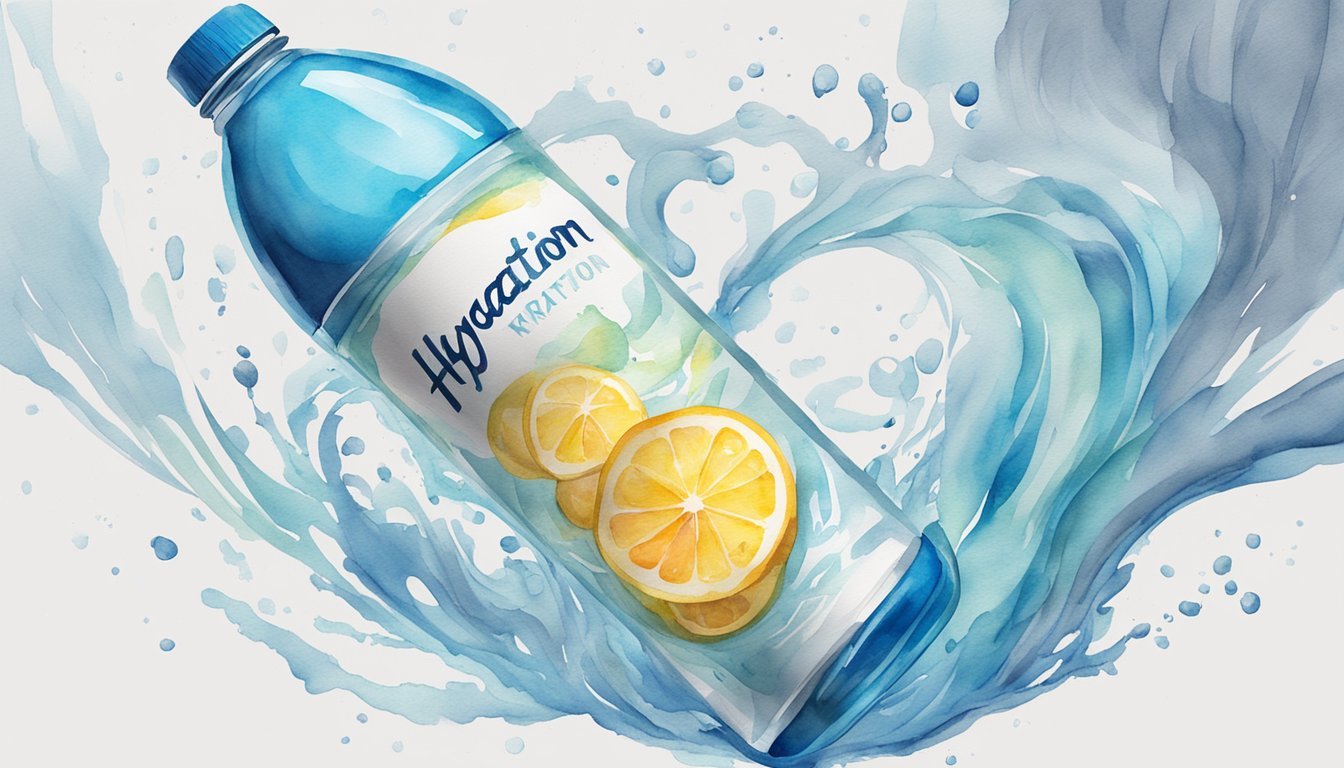Understanding Hydration Packets

Hydration packets are a convenient way to ensure you maintain electrolyte balance and stay hydrated. They can be easily dissolved in water, providing a beverage that promotes hydration more effectively than water alone.
Types of Hydration Enhancers
Hydration packets come in various types catering to different needs, such as exercise-induced hydration, daily wellness, or immunity support. Some are specifically designed for athletes and contain a higher concentration of electrolytes, while others might focus on providing a vitamin boost with ingredients like vitamin C for daily nutrition.
- Electrolyte Tablets: Quick-dissolving tablets infused with electrolytes such as Nuun Sport.
- Powders: Flavored powders that are mixed with water to create an electrolyte-rich drink, like Ultima Replenisher.
- Liquid Enhancers: Portable, concentrated liquids such as Liquid I.V. Hydration Multiplier that utilize Cellular Transport Technology to enhance hydration.
Active Ingredients and Benefits
A critical component of hydration packets is the range of active ingredients they contain, including a blend of electrolytes like sodium, potassium, magnesium, and calcium. These nutrients are essential for regulating the body’s fluid balance. The inclusion of carbohydrates and glucose in certain packets, such as those flavored raspberry or watermelon, help increase the rate of water absorption during hydration.
- Electrolytes: Maintain fluid balance and assist in muscle function.
- Vitamins: Variants with added vitamins support overall health, with some packets offering a complex including zinc and B-vitamins.
- Flavors: Many packets come in flavors like berry, lemonade, and orange without artificial ingredients or added sugar, offering a pleasant taste while you hydrate.
Hydration Packets vs. Traditional Water Bottles
Comparing hydration packets to simply drinking water from a bottle, one finds the former often offers enhanced hydration. The addition of electrolytes and, at times, vitamins and flavors like strawberry lemonade or fruit punch can impact the rate at which water molecules are absorbed by the body. Moreover, the absence of artificial ingredients and a focus on natural sweeteners such as stevia can make hydration packets a preferred choice for health-conscious consumers. However, when considering environmental impact and waste, reusable water bottles still hold an advantage over the single-use packaging of some hydration packets.
Choosing the Right Hydration Pack
When selecting a hydration pack, it’s essential to consider fit, capacity, and features to ensure you get the best value for your adventurous or athletic endeavors, be it running, hiking, or daily exercise.
Features and Factors to Consider
A well-fitting hydration pack is fundamental for comfort and performance. Runners and hikers should look for lightweight designs that don’t compromise on storage capacity. Straps should adjust easily for a snug fit around the chest, shoulders, and waist, reducing bounce during movement. The ideal pack has enough pockets for snacks, phone, and gear, with a bladder or reservoir size suitable for the intended exercise duration and intensity.
Hydration packs with built-in safety features, such as reflective elements for visibility, are vital for those who venture out in low-light conditions. For longer distances or day hikes, packs should have space for food and extra clothing, while durability is key — look for nylon or other robust materials. In terms of value, price should correlate with the utility and comfort of the pack.
Hydration Pack Designs for Different Activities
Different activities demand specific designs. For a marathon runner, a slim, aerodynamic waist pack may suffice, while a cyclist or hiker might opt for a larger backpack with both liquid and food storage capacities. Daypacks often feature a sizeable water reservoir and additional pockets for tools and camera equipment. A rain cover and insulated drink tubes maintain liquid temperature and protect against the elements — a plus for adventurers who face varied temperature conditions.
For those seeking extra support, hydration belts can distribute weight evenly for added comfort. Brands like CamelBak are recognized for their hydration systems within comfortable backpacks, while Gregory offers durable options that blend performance with affordability. Variations in pack size and storage capacity allow every hiker or runner to find the right fit for their preference.
Care and Maintenance of Hydration Packs
To extend the lifespan of hydration packs, proper care and maintenance are crucial. After each use, the reservoir should be emptied and dried to prevent mold and mildew. Tubes and bite valves require thorough cleaning to ensure optimal taste and hygiene — especially for powders or electrolyte replacements which may leave residue.
Regular checks of zippers and seals can prevent leaks and loss of gear. Most hydration systems are best kept in a cool, dry place out of direct sunlight when not in use. For packs that end up bearing the brunt of the trail’s dirt and sweat, a gentle hand-wash with mild soap can help maintain their comfortable feel and durability.
Discover more on maintaining your hydration pack by visiting REI’s hydration pack care guidelines.

